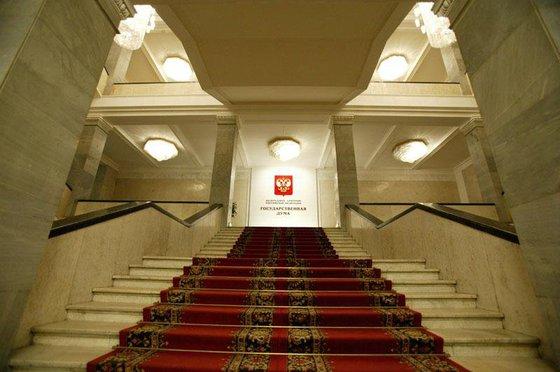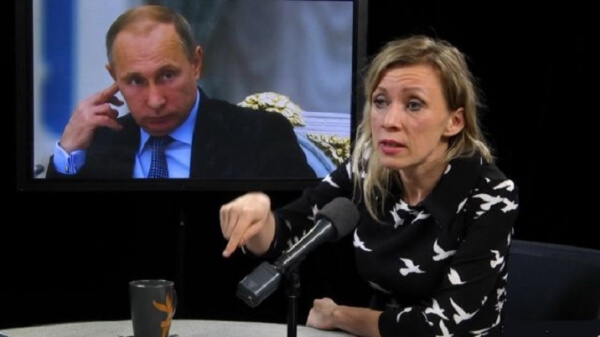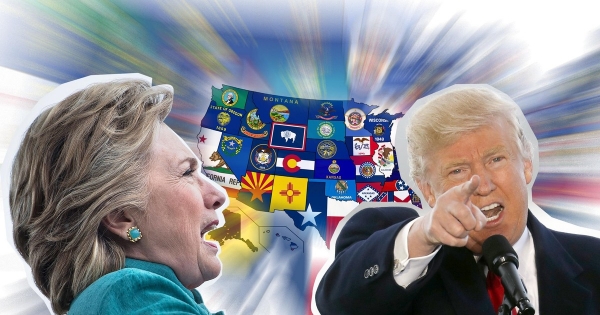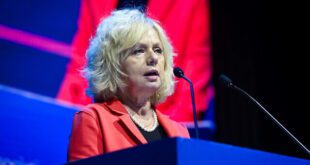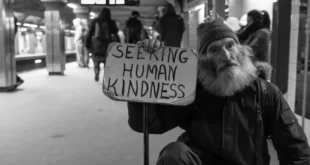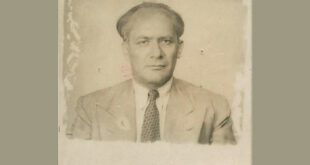
Stuffing and “carousel” on elections it is possible to prove mathematically — for the first time this was told, the physicist Sergei Shpilkin in 2011. Then not mathematicians citizens first learned about the “bell curve” — a graph that shows normal distribution of probabilities, in this case, the distribution of turnout at the polling stations.
Show completely… And in 2011, and this year the team first, and then everyone else noticed an abnormally large number of sites very high turnout, and it is in these areas the most votes cast for United Russia.
Sergey Shpilkin, the physicist and the winner of the award “political education”, believes that this is a definite sign of fraud, not an accident. In an interview with “Novaya Gazeta”, he explains that at least 45% of the votes for United Russia were rigged, turnout was artificially increased by 11%, and Moscow and St Petersburg, which showed the lowest turnout, — missed the opportunity to change the course of elections.
— As variations in turnout indicate possible fraud?
— Russian society is quite homogeneous: it is uniform information field, created by the TV, and a little different in upbringing and education. We have special bundles on strata, which could act politically in different ways. Exception — conditional “Moscow’s educated class” is a rather narrow layer, which in different degrees represented in Moscow, Saint-Petersburg and some other cities. Even the poorest urban areas from srednebelaya differ not so much that it was noticeable on the vote — ghettos we have. We can only highlight a few areas where people vote very differently than in other places, for example, the Main building of Moscow state University or the residential complex “Grand Park” on Polezhaevskaya, where in 2012 was the largest number of votes for Prokhorov. So the turnout varies in not too large limits. Even between urban and rural districts within the same region the differences are small.
What happens when we want the elections to forge, to shift the result is in favor of a candidate? I can just add the votes in his favor, for example, lead people and tell them to vote for him — but it’s hard to see how they will do in reality. You can just require the electoral Commission to falsify figures. To take away votes from one candidate to another, but it is the rare method. And the easiest to distribute in the ballot box a stack of papers. This increases the turnout: the more add newsletters, the more it grows. And in such areas we see a very large number of votes for one candidate and some for the opposition. In the absence of a stuffing ratio of votes is more or less constant, but if we throw the extra bulletins, growing numbers of one party, in this case — for the “United Russia”.
— What happened to the turnout in these elections?
I break up all the plots on the turnout, look at how many are in each interval of the votes cast for each candidate, draw the histogram.
We see a typical picture: the peak of the number of sites with a turnout of 36%, then fail, then rise again.
This means that the maximum number of votes were cast in areas which voted an average of 36% of voters, that is, from 25 to 40%. Most likely, these PECs, everything was fine. But what stands out of this range, looks exactly like you just added the votes for “United Russia”. When people vote, the number obtained by random distribution curve is smooth.
When I start to move the numbers on whole sections, I have instead of a smooth distribution is obtained a sawtooth shape in 2011 it was called “Churov’s beard”. Suspicious areas with a turnout of 50%, 65%, 75%: randomly such beautiful figures almost never work.
If the area the turnout is 95% likely fake, so in a big city does not happen. Election fraud takes place in stages from voting to make the system “gas-Elections”.
Across — the turnout at polling stations, and vertically — number of votes cast in these areas. An abnormally large number of votes only for the “United Russia” in areas with high turnout — a clear sign of fraud, says Sergey Shpilkin
— In what regions is most of the anomalies with the turnout?
— Tatarstan, Bashkortostan, republics of Northern Caucasus, except Adygea, the beloved Saratov oblast, the Belgorod, Bryansk. There most polling stations with abnormally high turnout and high results EP. As a rule, in the North-West and to the North of Moscow, this happens rarely, in Siberia the bad things only in Yakutia, Kemerovo and Tyumen regions, sometimes in Omsk. Voronezh this time was different: there’s a huge number of sites with a turnout of 80-100%. In my opinion, in the Crimea and Sevastopol considered honest (about how the elections were held in Crimea — read the article “the New newspaper”). There is a high turnout, but the distribution is quite urban, very similar to Moscow.
The maximum number of votes for the “United Russia” filed in areas with turnout close to 100%, which in normal conditions is very rare.
— A can not jump appearance to be natural: just more people came and voted?
— Then would shift the entire schedule, as occurred in the Kirov and Kursk regions, but not his part: he simply would have risen as a whole.
The situation is similar for 2011?
— On the CEC website provides information about elections since 1999. And the deeper we dig into the past, the more the distribution of votes in the election like a bell curve, which is called the “Gaussian curve” — that is, a normal distribution.
Since 1999 and until 2005 in all elections in all Moscow districts the turnout deviates from the mean city no more than 5%.
And in 2008 the Moscow government, apparently, really need to show loyalty to Dmitry Medvedev, and we got a great variation of turnout, even in neighboring areas. Then it happened again in 2009 at the Moscow city Duma elections, when the land on which it is voted Mitrokhin was not a single vote for Yabloko. Then the scandal happened in 2011.
in the Duma elections, when, for example, in the Ramenki district in the same residential complex one half gave 28% for “United Russia” and the other 58%. There was a scandal, the protests and everything else, and in 2012 this car of falsifications in Moscow sharply tightened, and the distribution of appearance returned to normal. It was normal, and in the elections of the mayor of Moscow in 2013.
I assumed that these elections will be held either scenario 2003 (the most honest elections, about which we have data), or in the scenario of 2011 (most unfair).
Existing options have been selected the worst. That is, it was not selected, just the car is already running and working, and to stop it, when you needed to beat her hand.
In General, very similar to 2011, only a lower turnout and a better result for the EP. And, unlike 2011, the complete lack of new faces in the winners list — then appeared “Fair Russia”. Important point — what made the liberal democratic party. In the country it goes neck and neck with the Communist party, half of the regions even ahead of, and in Zabaykalsky Krai, almost catching up with EP. That was rigged in favor of the liberal democratic party, is unlikely: insanely similar distribution of votes for the Communist party and LDPR. That is either someone very skillfully forged of both, or it was really.
Especially the low turnout was in Moscow and St. Petersburg (35.2% to 32.7%) — how important is it?
— In Moscow 10 years ago, the turnout was 56%. That is now one voice Muscovite could solve twice as much, and even a small number of supporters of the Democrats could spend to the Duma a candidate. Now 10% of state employees and retirees — it has enough resources to hold anyone with such a turnout they decide everything. It is known that Bulk is not enough 35 thousand votes before the second round: would more people, would be the second round. So maybe the big city missed some chances.
— What are the real results of the election on the basis of your calculations?
— For the “United Russia” filed 28 million votes, of which, according to my calculations, about 12 million added — that means 45% of the votes for the EP counterfeit, and approximately 11% of all voters. So, instead of the official turnout of 47.8% gain to 36.5%. Instead of 54% for United Russia to 40%. From a political point of view it is a quite important result: it turns out, the party was supported by 15% of the total electorate. And with these 15% real and 27% of official they will need to live somehow.

